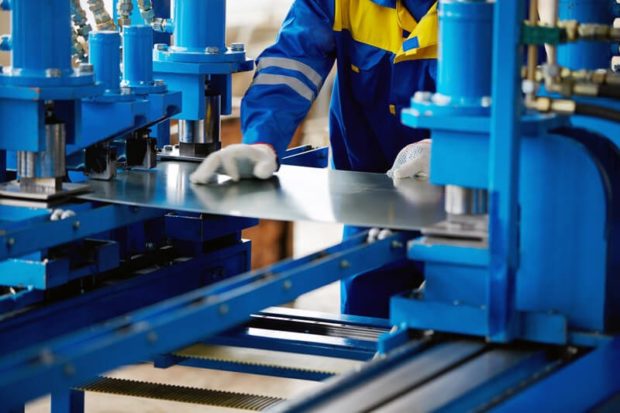What Can Be Achieved in the Fabrication Trade?

For hundreds of years, the fabrication trade has created thrilling careers for people across the world. Beginning amidst the 18th century’s industrial revolution, with early British fabricators constructing ground breaking boilers essential to the new and exciting steam engines, it has transformed into a refined craft manipulating various metals through a multitude of techniques to create a range of finished products, from bridge elements, heavy-duty machinery, and electrical power transmitters. The demand for engineering fabricators has never been higher – surpassing that of engineers themselves – which is why it appears on the Medium and Long-Term Strategic Skills List (MLTSSL). In this blog, we explore what can be achieved in the fabrication trade, and how you can go about getting started.
Certificate III Engineering – Fabrication Trade – MEM30319
Effective metal fabrication requires a considerable amount of mastery of the techniques and instruments involved in the work. In order to ensure that people performing these actions are doing so in a safe and efficient manner, extensive training is required. Most commonly, this will be in the form of a Certificate III Engineering – Fabrication Trade – MEM30319. Within this course, students are trained to become proficient in a wide array of skills called for while working in the manufacturing and construction industry. These include:
- Familiarising with blueprints, drawings and specifications to determine job requirements.
- Selecting, cleaning and preparing metal stock.
- Cutting marked-out metal sections and shapes using hand tools, flame cutting torches and metal cutting machines.
- Shaping and bending metal sections and pipes using hand and machine tools, and by heating and hammering.
- Aligning parts to be joined using hand tools and measuring instruments.
- Joining metal sections using various welding techniques, bolting and riveting.
- Examining welds for width of bead, penetration and precision.
- Finishing products by cleaning, polishing, filing and bathing in acidic solutions.
- Cleaning and smoothing welds by filing, chiselling and grinding.
It is a terrific starting point in the industry that can lead to apprenticeships and future employment.
RPL Assessments
Do you already have experience in the fabrication trade? Perhaps related skills, knowledge, or overseas qualifications? Recognition of Prior Learning (RPL) is the process taken out by registered training organisations (RTOs), by which they issue units of competency from a nationally recognised qualification. This is through RPL assessments, where the candidate will compile a portfolio of evidence to prove competency in their chosen field.
RTOs will then review this portfolio, consisting of materials such as finished pieces of work, referrals from superiors, and footage of conducting work. Further clarification may be required, such as the request to demonstrate skills, and should all this prove sufficient understanding, then the candidate will receive part or whole of their nationally recognised qualification, saving them time and money not having to re-study material through TAFE courses or other traditional education avenues. As the fabrication trade appears on the MLTSSL, an additional, successful RPL from a reputable RTO can go a long way in assisting with visa applications, too. Essentially, RPL can help you utilise your past in building the future you crave.
Career Opportunities
By obtaining recognised qualifications within the broad field of fabrication, you can open doors to a range of lucrative career opportunities in the manufacturing and engineering sectors. People generally choose to specialise in one of two streams:
- Welding and boiler making
- Light fabrication (sheet metal)
These could take you to mine sites, manufacturing plants, or even kick start your dreams of owning and operating your own specialised business. It really depends on what your goals and what you hope to achieve within a given field.

